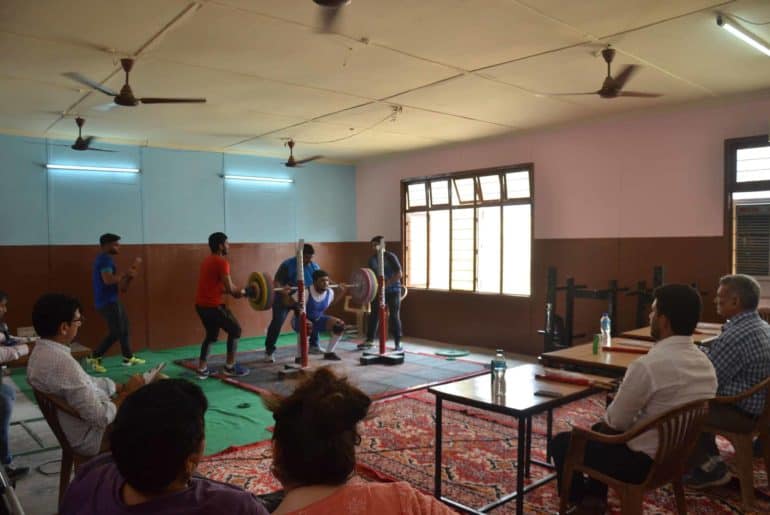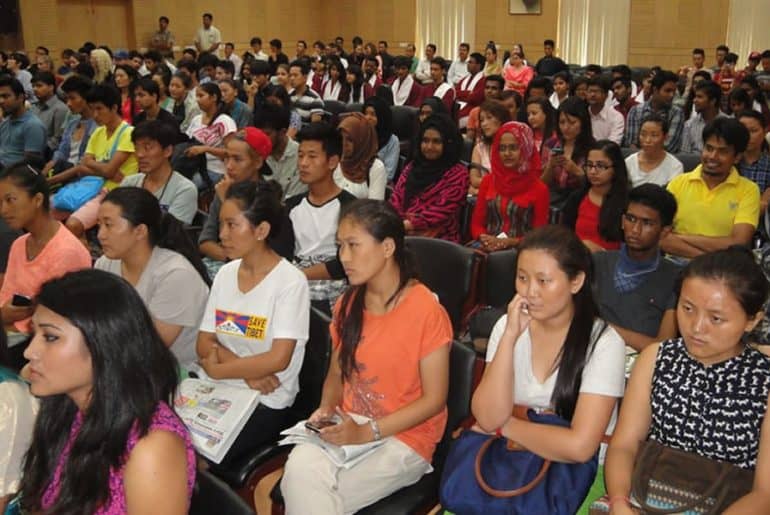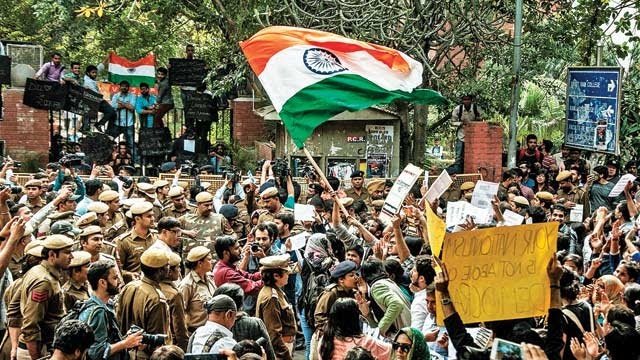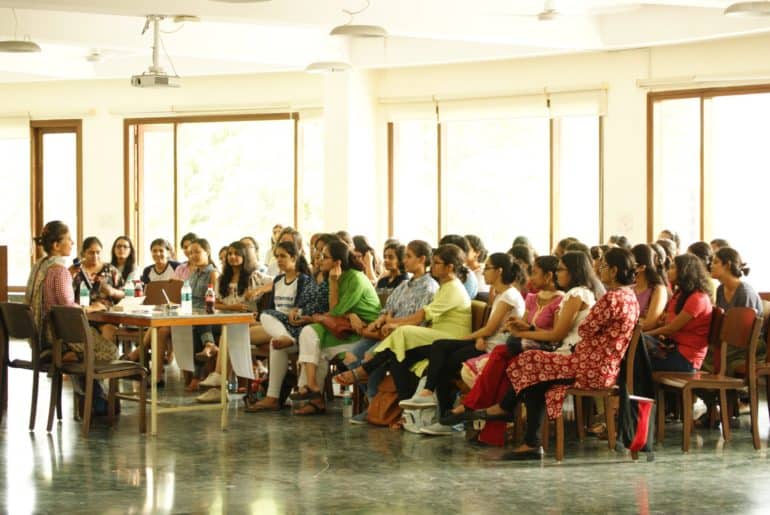Owing to the structural changes and multiple delays in the admission procedure for the new academic session has not been a smooth transition for aspirants.
After months of anticipation, aspirants’ wait is finally over.
As thousands of students anxiously check the college websites to check whether they meet the qualifying scores for their desired course, and excitedly look forward to joining the University of Delhi, we present to you the first official cut-off lists of the University.
Click here to view the complete cut-off list for Arts and Commerce Courses at DU.
Click here to view the complete cut-off list for Science Courses at DU.
Click here to view Shri Ram College of Commerce’s first cut-off list.
Click here to view Hindu College’s first cut-off list.
Click here to view Lady Shri Ram College’s first cut-off list.
Click here to view Miranda House’s first cut-off list.
Click here to view Hansraj College’s first cut-off list.
Click here to view Kirorimal College’s first cut-off list.
Click here to view Ramjas College’s first cut-off list.
Click here to view Gargi College’s first cut-off list.
Click here to view Jesus and Mary College’s first cut-off list.
Click here to view Shaheed Bhagat Singh College’s first cut-off list.
Click here to view Vivekananda College’s first cut-off list.
Click here to view Kalindi College’s first cut-off list.
Click here to view Shivaji College’s first cut-off list.
Click here to view Deshbandhu College’s first cut-off list.
Click here to view Ramanujan College’s first cut-off list.
Click here to view Bhagini Nivedita College’s first cut-off list.
Click here to view Satyawati College’s first cut-off list.
Click here to view P.G.D.A.V. (M) College’s first cut-off list.
Click here to view Ram Lal Anand College’s first cut-off list.
Click here to view Acharya Narayan Dev College’s first cut-off list.
Click here to view Mata Sundri College’s first cut-off list.
Click here to view Zakir Husain Delhi (M) College’s first cut-off list.
Click here to view Aryabhatta College’s first cut-off list.
Click here to view Sri Aurobindo (E) College’s first cut-off list.
Click here to view Keshav Mahavidyalaya’s first cut-off list.
Click here to view Dyal Singh (E) College’s first cut-off list.
Feature Image Credits: Aakarsh Mathur for DU Beat









